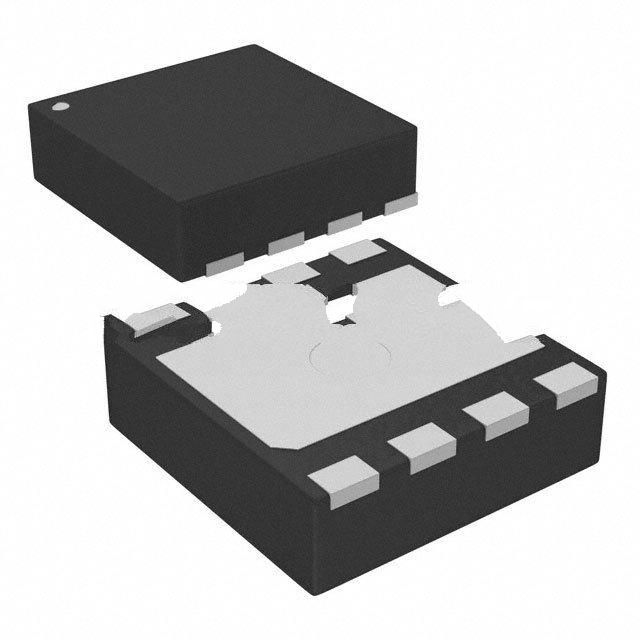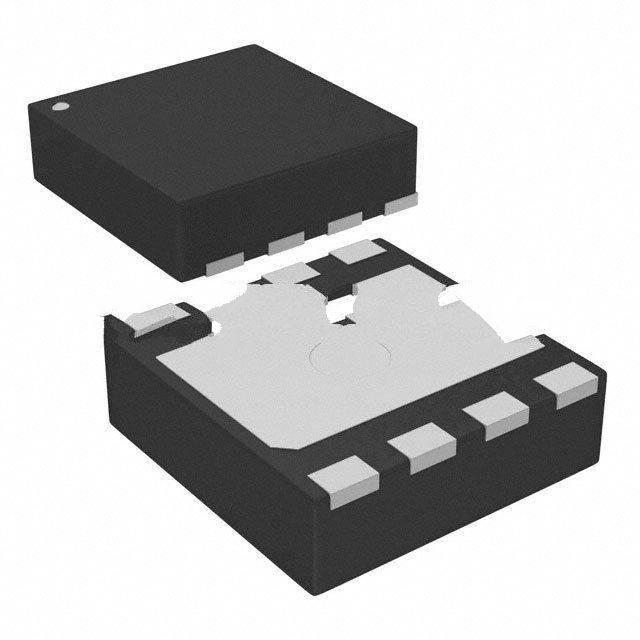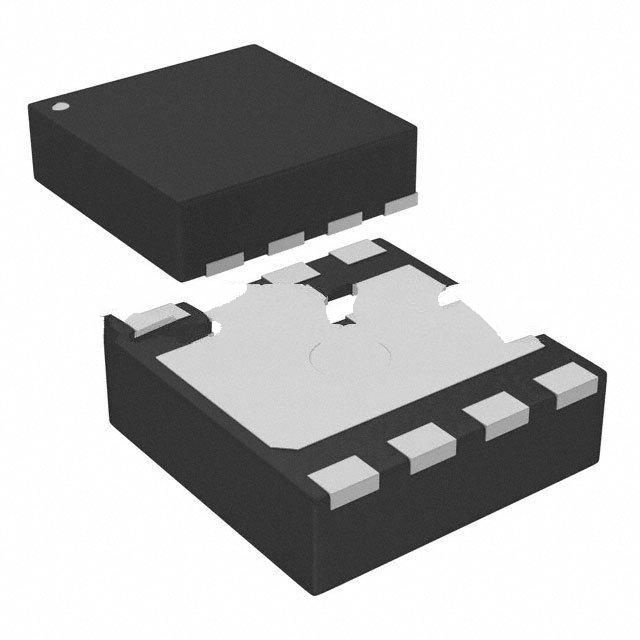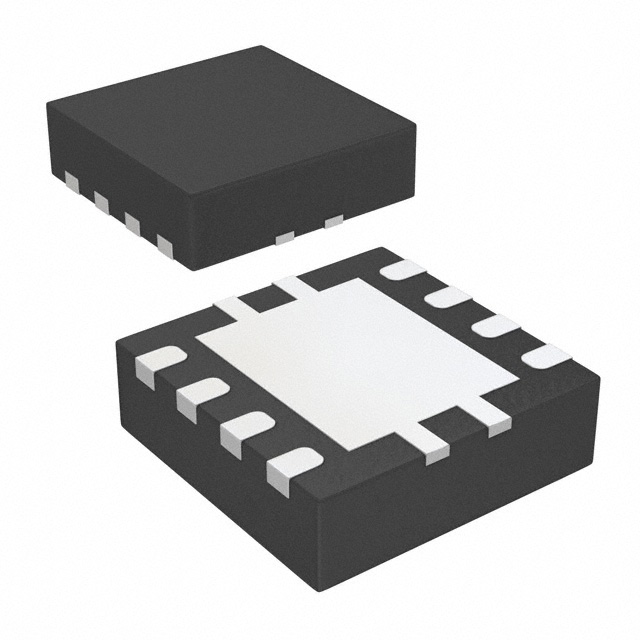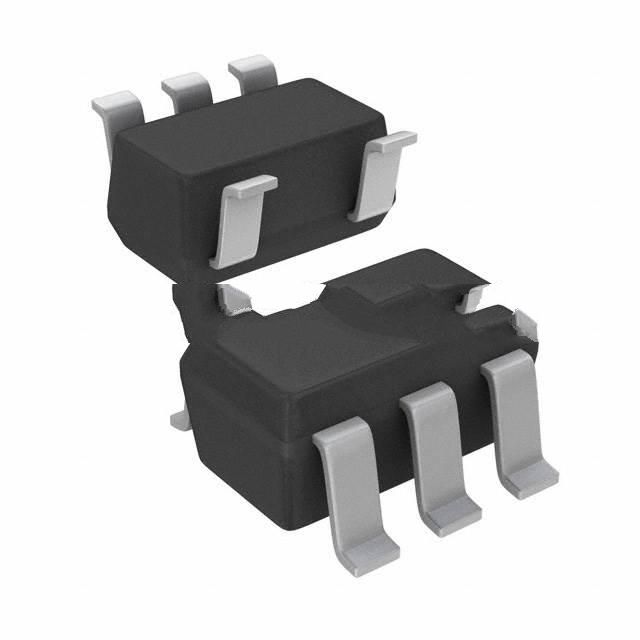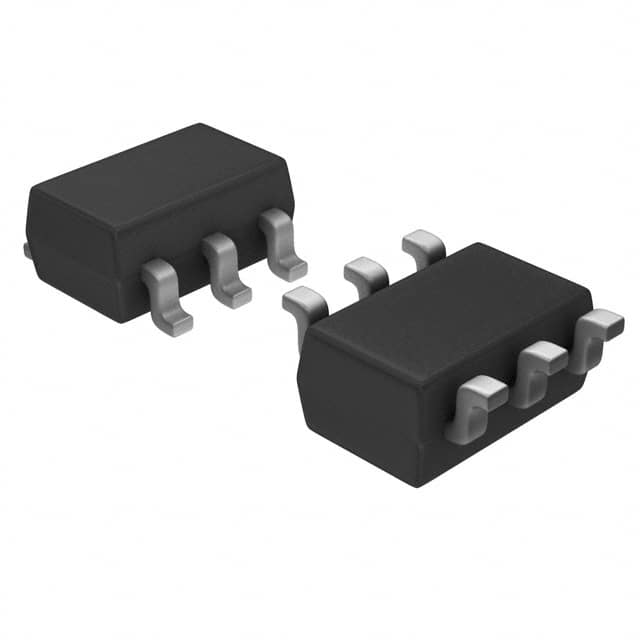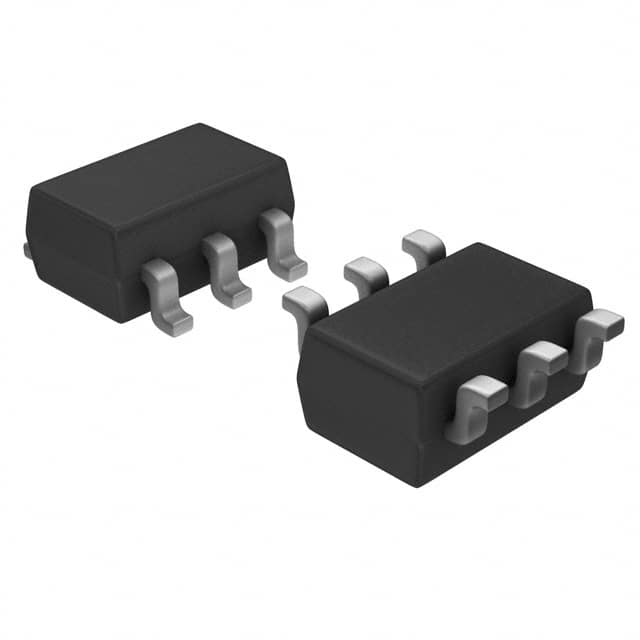TPS3851G18SDRBR Product Introduction:
Texas Instruments Part Number TPS3851G18SDRBR(PMIC - Supervisors), developed and manufactured by Texas Instruments, distributed globally by Jinftry. We distribute various electronic components from world-renowned brands and provide one-stop services, making us a trusted global electronic component distributor.
TPS3851G18SDRBR is one of the part numbers distributed by Jinftry, and you can learn about its specifications/configurations, package/case, Datasheet, and other information here. Electronic components are affected by supply and demand, and prices fluctuate frequently. If you have a demand, please do not hesitate to send us an RFQ or email us immediately sales@jinftry.com Please inquire about the real-time unit price, Data Code, Lead time, payment terms, and any other information you would like to know. We will do our best to provide you with a quotation and reply as soon as possible.
Introducing the Texas Instruments TPS3851G18SDRBR, a cutting-edge voltage supervisor designed to provide reliable and accurate monitoring of power supply systems. With its advanced features and versatile application fields, this product is set to revolutionize the industry.
The TPS3851G18SDRBR boasts a wide input voltage range of 1.8V to 6V, making it suitable for a variety of power supply systems. Its ultra-low quiescent current of only 1.5µA ensures minimal power consumption, making it an ideal choice for battery-powered applications. Additionally, its high accuracy of ±1% ensures precise voltage monitoring, guaranteeing the safety and stability of your system.
This voltage supervisor is equipped with a programmable delay timer, allowing users to customize the timing of power-on and power-off sequences. Its integrated watchdog timer provides an added layer of protection by monitoring system activity and triggering a reset if necessary. Furthermore, the TPS3851G18SDRBR features a power-good output, enabling seamless integration with other devices in your system.
The TPS3851G18SDRBR finds its application in a wide range of fields, including industrial automation, automotive systems, consumer electronics, and more. Whether you need to monitor power supplies in a factory setting or ensure the reliability of your vehicle's electrical system, this product is designed to meet your needs.
In conclusion, the Texas Instruments TPS3851G18SDRBR is a state-of-the-art voltage supervisor that combines advanced features, high accuracy, and versatile application fields. With its exceptional performance and reliability, this product is set to elevate your power supply monitoring experience to new heights.
Pmic-supervisors (Power Management Integrated circuit-Supervisors) is a highly Integrated Circuit component, which can detect key parameters such as voltage, current and temperature of the power system in real time, and take corresponding protective measures when necessary. To ensure the stable operation of the power system and the safety of the equipment. PMIC monitors usually integrate a variety of functions, such as overvoltage protection, undervoltage protection, overtemperature protection, etc.
Application
Pmic-supervisors (Power Management Integrated Circuit-Supervisors), as a key component of electronic equipment, is mainly responsible for real-time monitoring and adjusting the status of the power system, ensuring stable voltage and current, efficient battery management, and providing multiple protection functions. Its wide range of applications, covering mobile devices, consumer electronics, automotive electronics and industrial control and other industries, to ensure the stable operation of equipment and extend the service life.
FAQ about PMIC - Supervisors
-
1. What is the difference between PMU and PMIC?
The main difference between PMU and PMIC is that they have different application scenarios and functional positioning. PMU is a power management unit, which is mainly used in portable devices to integrate traditional discrete power management chips to improve efficiency and reduce power consumption. PMIC is a power management integrated circuit, which is mainly used for highly integrated power management solutions, encapsulating multiple output power supplies in one chip to improve efficiency and reduce size.
-
2. What are the characteristics of PMIC?
The main features of PMIC include high integration, high efficiency, high reliability and intelligent management. PMIC, or power management integrated circuit, achieves high integration by integrating multiple power management functions into one chip, thereby improving the efficiency of multi-power application scenarios and reducing the volume. It not only includes traditional multi-channel power output, but also integrates multiple functions such as power supply, battery management, charging management and power consumption management, providing stable power for electronic devices and managing and controlling batteries.
Specifically, PMIC has the following features:
High integration PMIC integrates multiple power management functions into one chip, which improves efficiency and reduces size, and is suitable for a variety of power application scenarios.
High efficiency PMIC has a high-efficiency power conversion function, supports multiple conversion forms such as buck, boost and buck-boost, and ensures stable power supply for the device.
High reliability PMIC has built-in multiple protection mechanisms, such as overcurrent protection, overtemperature protection and short-circuit protection, to ensure the safe operation of the device.
Intelligent management PMIC can dynamically adjust power consumption according to the operating status of the device, provide intelligent power management, and is suitable for various smart devices and IoT applications.
-
3. How to test PMIC(Power Management Integrated Circuit)?
The core steps of testing PMIC include observing external features, conducting comprehensive professional testing, and measuring PSRR.
First, observing external features is the first step in testing PMIC. Rationally observe the quality standards of power management chips, including their appearance, logos, etc., to ensure that the chip meets basic quality requirements.
Second, conduct comprehensive professional testing. Select representative specification models and conduct comprehensive tests on the power management chip, including electrical characteristics test, functional test and environmental adaptability test. The electrical characteristics test covers the input voltage range test to ensure that the chip works normally under different input voltages.
Finally, measure the PSRR (power supply rejection ratio). PSRR is an important parameter of PMIC, indicating how stable the input is when the power supply voltage changes. By measuring PSRR, the resistance of PMIC to power supply voltage changes can be evaluated.
 Lead free / RoHS Compliant
Lead free / RoHS Compliant



